The depth of field (DOF) is defined as the distance between the nearest and farthest objects in a scene that appears acceptably sharp in an image. DOF gives the three-dimensionality effect, because a picture has two dimensions.
A picture has two dimensions because if you print it, or you look it on a display, it has only two directions, height (Y) and width (X), while the sense of depth is given by the depth of field.
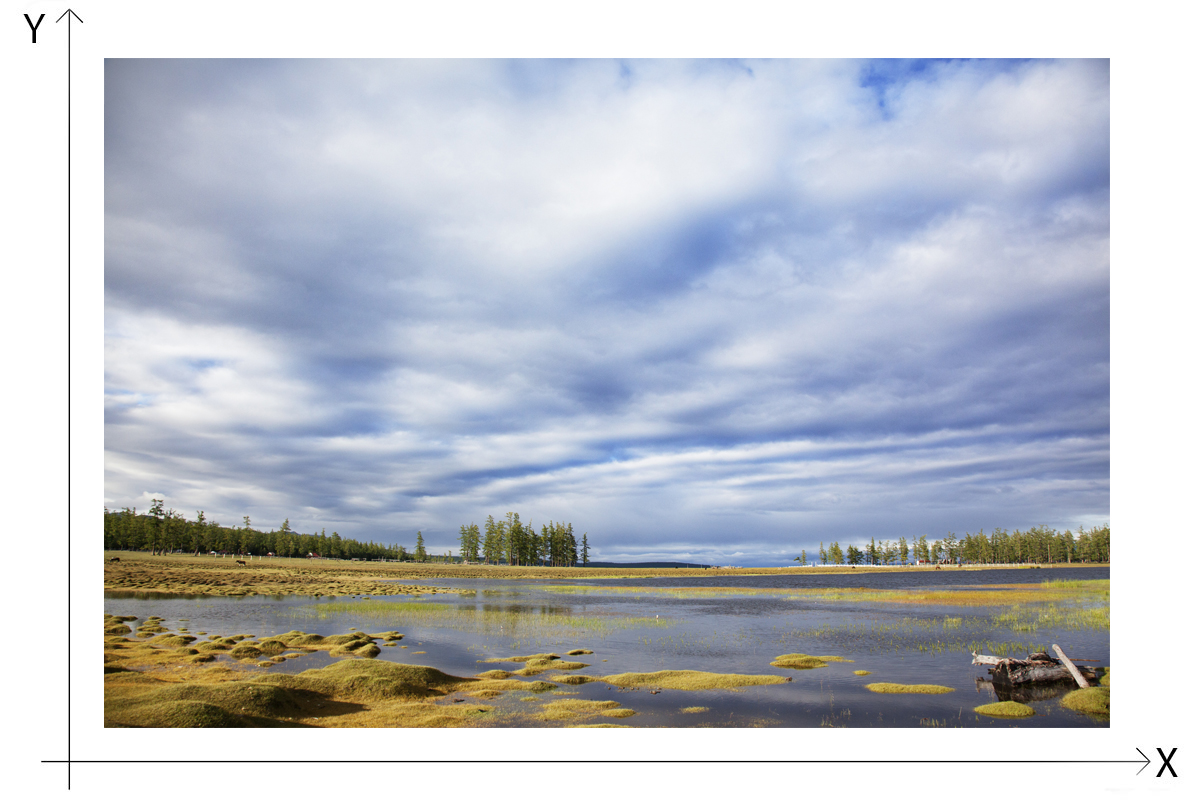
This picture was token with F22 (very narrow diaphragm) and in this situation the clouds help to give the sense of depth.
Set the depth of field
DOF depends on the value of the diaphragm:
- Low value, F4, lower depth of field;
- High value, F22, greater depth of field.
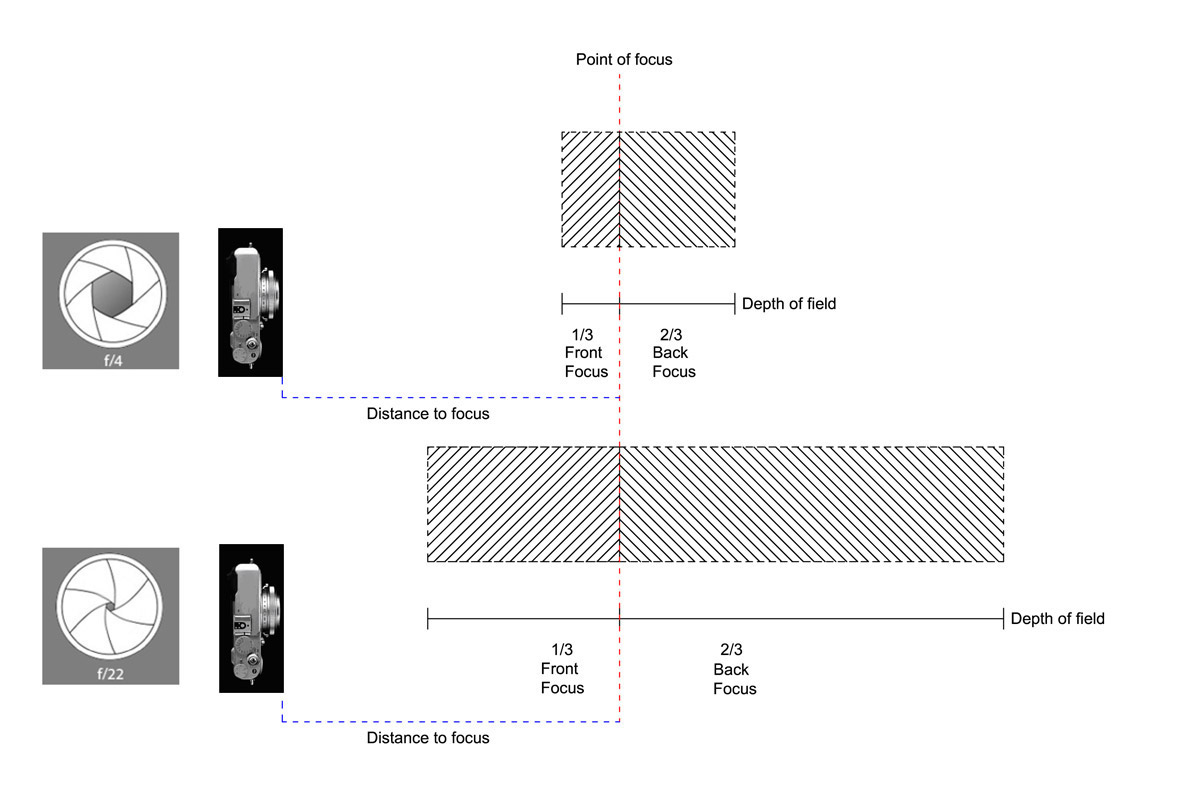
In these two instances the distance to focus does not change, but changes only the diaphragm value. Usually the focus is divided in 1/3 of depth of field before the object and 2/3 of depth of field after the object. It means that if the depth of field is 90 cm the front focus is about 30cm and the back focus about 60 cm.
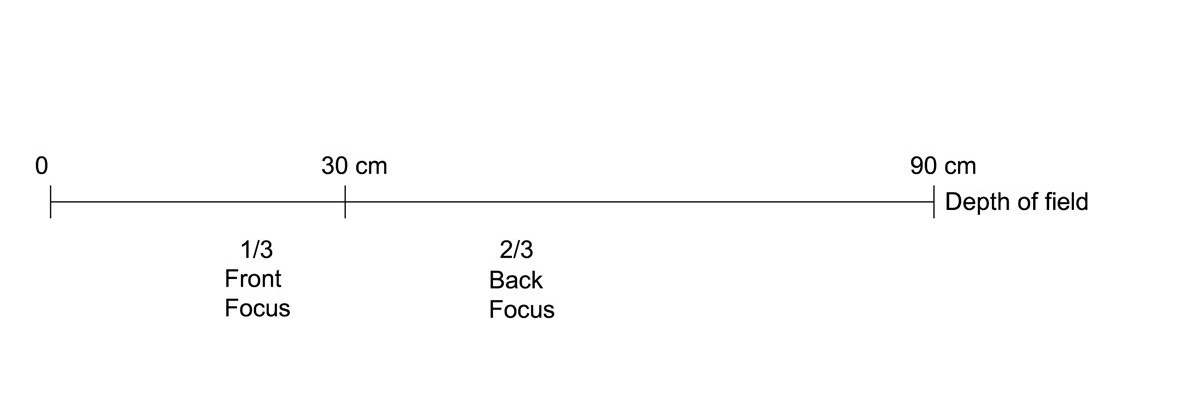
What change the depth of field
Depth of filed cna change by:
- The diaphragm value;
- The distance to object;
- The focal length.
These three factors can be mixed to obtain more or less depth of field.
Diaphragm value
At the same value of focal length, the diaphragm value changes the depth of field.

At the same value of diaphragm and focal length, the distance changes the depth of field. Move away from the object increase the depth of field, move close to the object decrease it.
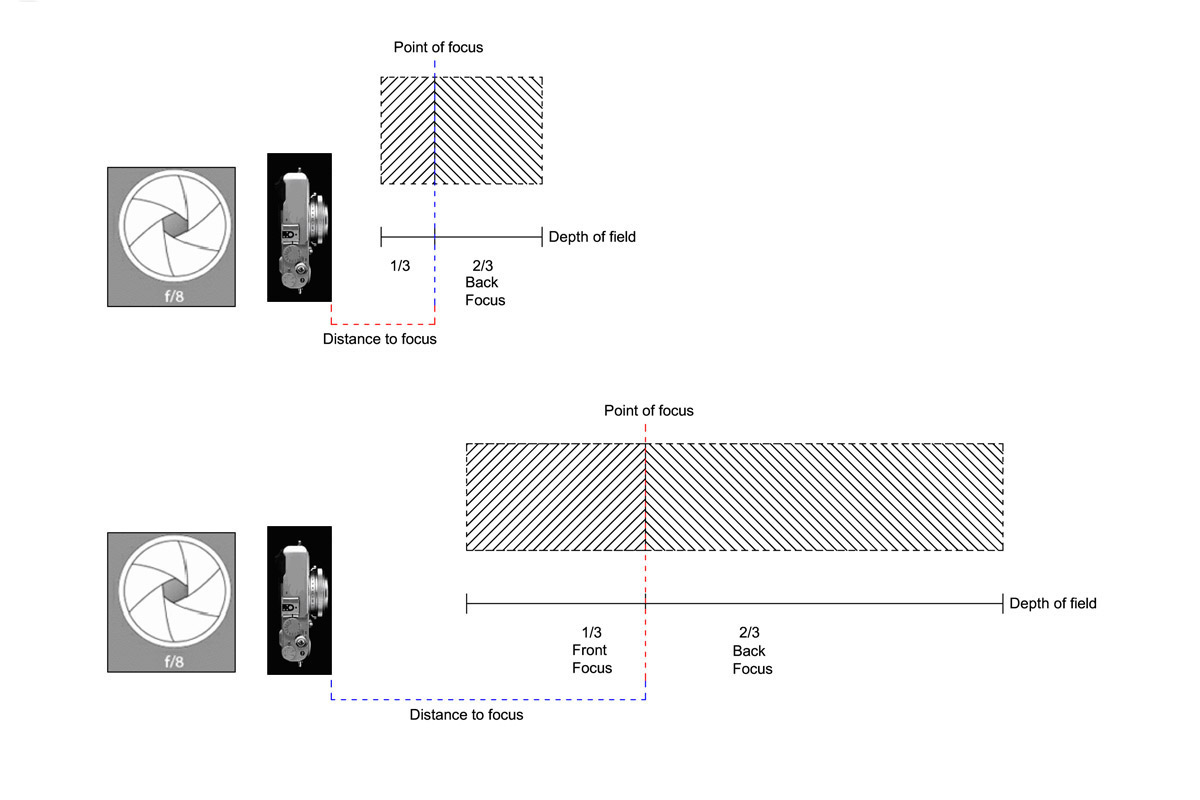
Focal lenght
At the same value of distance and diaphragm, the focal length changes the depth of field. Greater is the focal length less is the depth of field and vice versa.
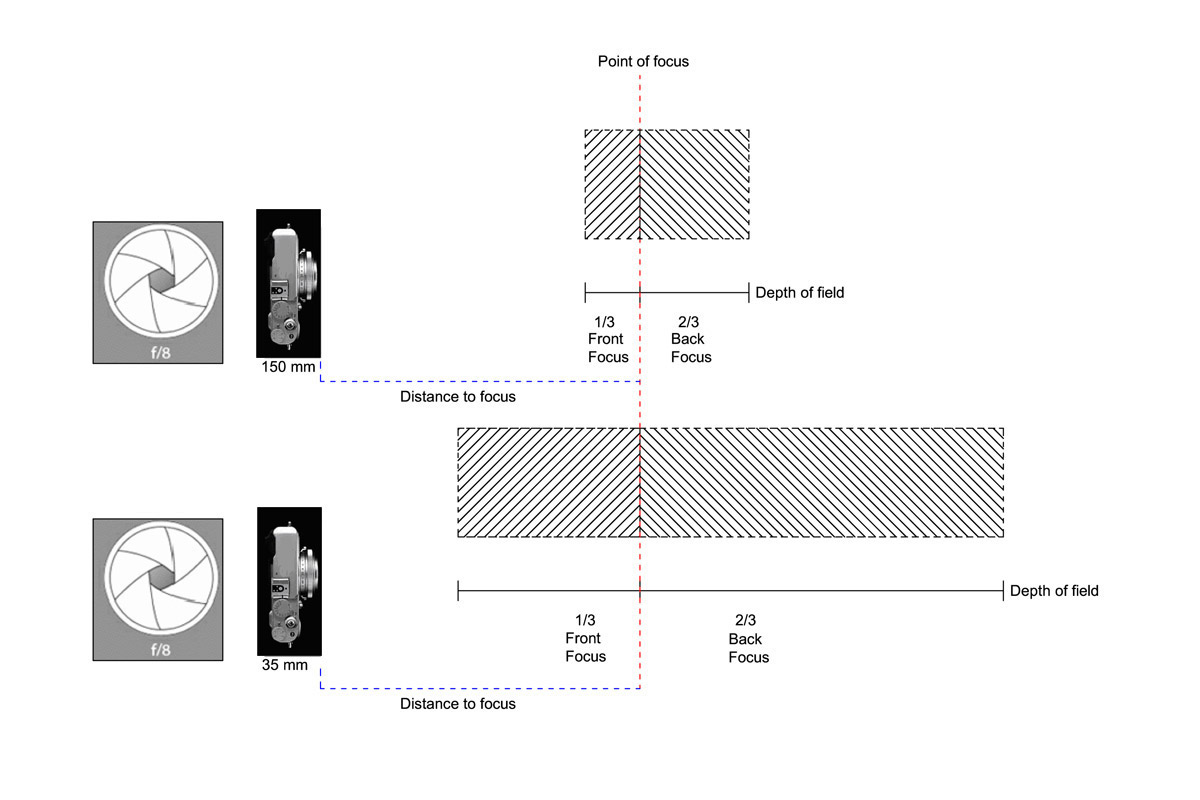
Considerations
Using the diaphragm value, focal length and distance of object allow the best use of both sharpness and depth of field. Combine these factors together can increase or decrease mainly the effect of sharpness and depth of field.